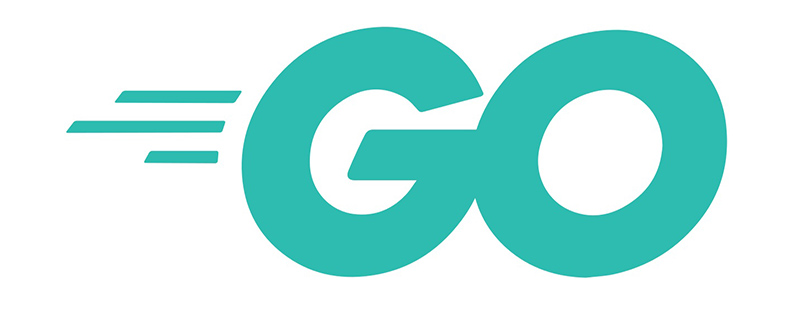在 GORM 中,使用 serializer:gob 标签时,你是在告诉 GORM 该字段应该以 Go 的 gob 格式进行序列化和反序列化。GOB 是 Go 语言的一种二进制序列化格式,用于将 Go 对象编码成字节流,便于存储或网络传输。
示例
以下是一个简单的示例结构体:
package main
import (
"encoding/gob"
"bytes"
"fmt"
"gorm.io/driver/sqlite"
"gorm.io/gorm"
)
type Example struct {
ID uint `gorm:"primaryKey"`
Data []byte `gorm:"serializer:gob"`
}
func main() {
db, err := gorm.Open(sqlite.Open("test.db"), &gorm.Config{})
if err != nil {
panic("failed to connect database")
}
// Auto Migrate the schema
db.AutoMigrate(&Example{})
// Prepare some data to serialize
originalData := map[string]int{"one": 1, "two": 2}
var buf bytes.Buffer
encoder := gob.NewEncoder(&buf)
// Encode the data into gob format
if err := encoder.Encode(originalData); err != nil {
panic(err)
}
// Create a new Example record with serialized data
example := Example{Data: buf.Bytes()}
// Save the record to the database
db.Create(&example)
// Retrieve it back from the database
var retrievedExample Example
db.First(&retrievedExample, example.ID)
// Decode the GOB data back into a map
var decodedData map[string]int
decoder := gob.NewDecoder(bytes.NewReader(retrievedExample.Data))
if err := decoder.Decode(&decodedData); err != nil {
panic(err)
}
fmt.Println(decodedData) // Output: map[one:1 two:2]
}
解释
[]byte:虽然你在数据表中使用的是
serializer:gob,实际存储到数据库中的字段类型通常会是字节数组 ([]byte)。这是因为 Gob 编码的输出是二进制格式,不适合直接用其他类型。serializer:gob:这个标签指示 GORM 将这个字段视为需要以 Gob 格式进行序列化和反序列化。当你保存数据时,它会自动调用 Gob 编码,将数据转换成二进制形式;而从数据库读取时,则会解码回原始数据结构。
使用场景
复杂数据结构:当你希望将复杂的数据结构(例如嵌套的地图、切片或自定义类型)直接存储到数据库中,而不想对其进行手动转换时,可以使用 Gob 序列化。这使得管理这些对象变得简单而且直观。
性能:Gob 是一种高效的二进制编码方式,相较于 JSON 或 XML,其占用空间更小,处理速度更快,因此可以用于存储大量数据。
注意事项
版本兼容性:Gob 数据格式与版本相关。如果你的 Go 类型发生变化(比如添加了新的字段),之前保存的 Gob 数据可能无法正确解码。在设计系统时,需要考虑到这种情况,并做好版本管理。
可读性问题:由于 Gob 是一种二进制格式,因此如果你直接查看数据库中的值,会看到不可读的字节流,这可能给调试带来困难。如果需要可读性,可以考虑其他格式如 JSON。
内容由零声教学AI助手提供,问题来源于学员提问










![/data # iw --debug dev wlan0 connect -w "lucky-5g" auth open key 0:1234567890
Usage: iw [options] dev connect [-w] [] [] [auth open|shared] [key 0:abcde d:1:6162636465] [mfp:req/opt/no]
Join the network with ...](https://linuxcpp.0voice.com/zb_users/upload/2023/05/202305162239148267954.png)
![驱动代码
void kalRxTaskletSchedule(struct GLUE_INFO *pr)
{
static unsigned int num = 0;
tasklet_hi_schedule(&pr->rRxTask[(num++)%NR_CPUS]);
// tasklet_hi_schedule(&pr->rRxTask);
DBGLOG(HAL, ERROR,](https://linuxcpp.0voice.com/zb_users/upload/2023/05/202305162226144313964.png)







